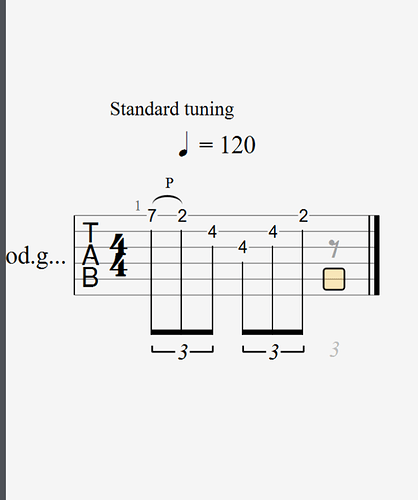I just received my Joe Stump arpeggio book, and at the very outset he shows a 2 string E minor triplet arpeggio, but suggests something that seems counter-intuitive.
E|–19–15------
B|----------17–
G|--------------
D|--------------
A|--------------
E|--------------
He says to start with a downstroke on the first note, then pull off to the 15th fret, then do a downstroke again for the B string 17th fret note.
His books says, “Note: It’s etremely important to pay strict attention to the pick sterokes, as they’re essenial to playing all of the arpeggios in the most efficient way.”
Is this a typo? Is he right? It seems it would be more efficient to do the first note on an upstroke, pull off to the second note, and come back across the third note with a downstroke.
What do you all think?



